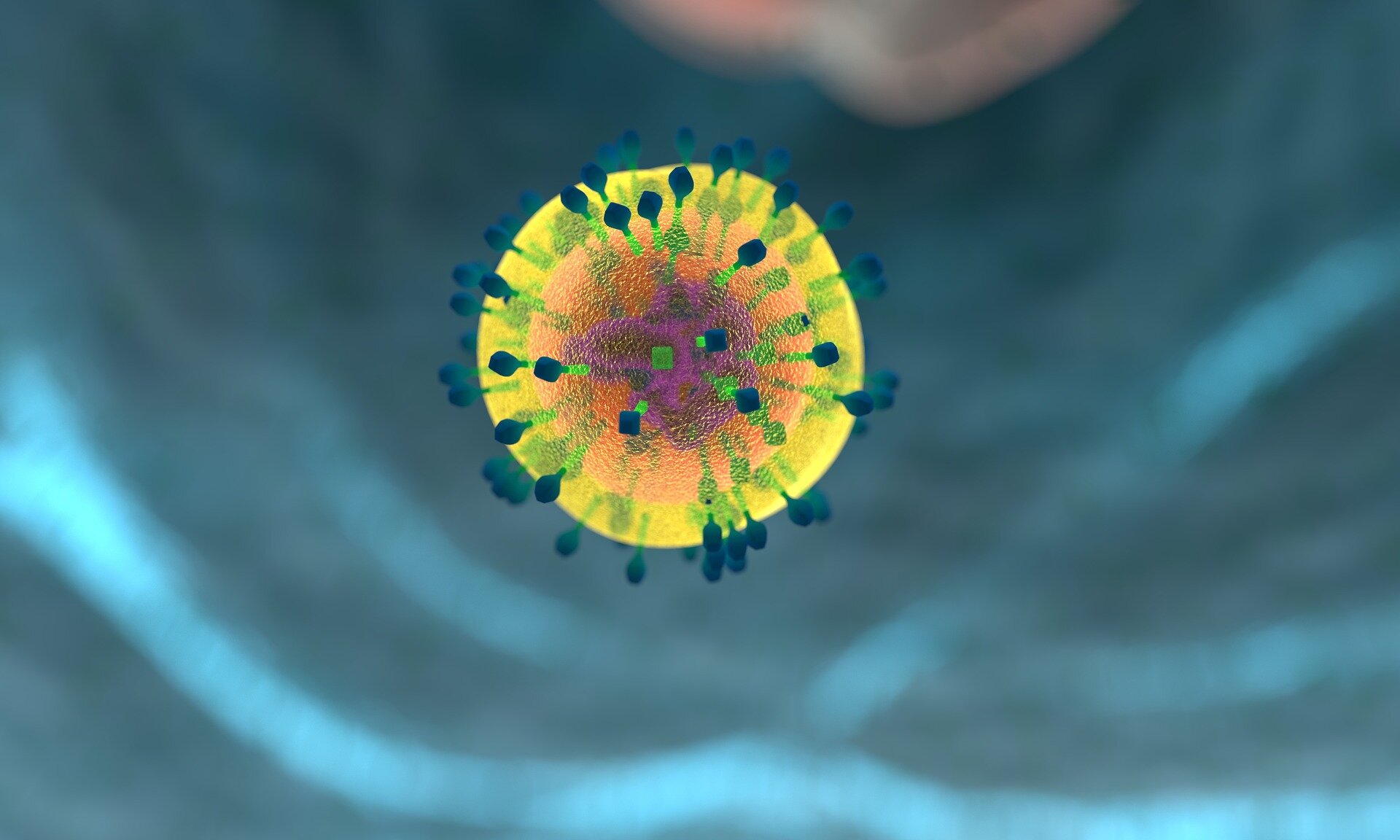
A brand new evaluation instrument that leverages highly effective synthetic intelligence was in a position to predict whether or not individuals exhibited suicidal ideas and behaviors utilizing a fast and easy mixture of variables.
Developed by researchers at Northwestern College, the College of Cincinnati (UC), Aristotle College of Thessaloniki and Massachusetts Basic Hospital/Harvard College of Drugs, the system focuses on a easy picture-ranking activity together with a small set of contextual/demographic variables relatively than intensive psychological information.
The instrument was on common 92% efficient at predicting 4 variables associated to suicidal ideas and behaviors.
The work seems in Nature Psychological Well being.
“A system that quantifies the judgment of reward and aversion offers a lens by which we might perceive desire habits,” mentioned first creator Shamal Shashi Lalvani, a doctoral pupil at Northwestern College. “By utilizing interpretable variables describing human habits to foretell suicidality, we open an avenue towards a extra quantitative understanding of psychological well being and make connections to different disciplines reminiscent of behavioral economics.”
The research concludes {that a} small set of behavioral and social measures play a key position in predicting suicidal ideas and behaviors. The present work particulars the elements of a instrument that might be an app for medical professionals, hospitals or the army to supply evaluation of who’s most prone to self-harm.
“It is reported we’ve about 20 suicides every day amongst veterans within the U.S., and a salient variety of college students. All of us can cite statistics to how the American medical system is at a breaking level. I want we might had this know-how sooner. The information strongly argues it might change outcomes,” mentioned Hans Breiter, contact PI for the research, and a professor in laptop science and biomedical engineering at UC.
“Individuals have developed good strategies with huge information,” Breiter mentioned, “however we’ve issues deciphering the that means of many predictions based mostly on huge information. Having a small variety of variables grounded in mathematical psychology seems to get round this concern and is required if present machine studying is ever going to method the problem of synthetic basic intelligence.”
Knowledge was collected from surveys accomplished in 2021 by 4,019 individuals ages 18 to 70 throughout the US. Identities of individuals have been protected and never shared with researchers, and individuals gave knowledgeable consent.
Individuals have been requested to rank a random sequence of 48 photos on a seven-point like-to-dislike scale of three to -3 in six classes: sports activities, disasters, cute animals, aggressive animals, nature and adults in bathing fits. Researchers additionally collected a restricted set of demographics about age, intercourse assigned at beginning, race or ethnicity, highest training stage achieved and handedness.
“The utilization of a picture-rating activity could appear easy however understanding particular person preferences and the way one evaluates reward and aversion performs a big position in shaping persona and habits,” mentioned co-PI for the research and co-senior creator Aggelos Katsaggelos, the Joseph Cummings Professor of Electrical and Pc Engineering at McCormick and director of the AI in Multimedia-Picture and Video Processing Lab at Northwestern.
“We discover that our ends in predicting suicidality exceed typical strategies of measurement with out utilizing intensive digital well being information or different types of huge information,” Katsaggelos mentioned.
Together with the image scores, individuals accomplished a restricted set of psychological well being questions and have been requested to rank perceived loneliness on a five-point scale.
When the info was plugged into a synthetic intelligence system developed by Northwestern and College of Cincinnati, the software program was in a position to predict 4 measures of suicidal ideas and behaviors: passive suicidal ideation (want with out a plan); lively ideation (present and particular ideas); planning for suicide; and planning coping methods to forestall self-harm.
Researchers famous that respondents in different international locations may have distinctive cultural influences that may have an effect on prediction success, though race and gender impact have been the least predictive of any measures used. One other potential limitation, the researchers mentioned, is that the surveys have been self-reported relatively than by scientific assessments, including that it is tough to see how a potential research of suicide is perhaps carried out. Lastly, the cohort was sampled throughout the COVID-19 pandemic, at a time that noticed higher-than-normal charges of loneliness and self-harm.
Extra data:
Predicting suicidality with small units of interpretable reward habits and survey variables, Nature Psychological Well being (2024). DOI: 10.1038/s44220-024-00229-x
Northwestern College
Quotation:
New AI instrument makes use of a small set of interpretable variables to quickly assess self-harm danger (2024, Might 9)
retrieved 9 Might 2024
from
This doc is topic to copyright. Other than any honest dealing for the aim of personal research or analysis, no
half could also be reproduced with out the written permission. The content material is offered for data functions solely.







